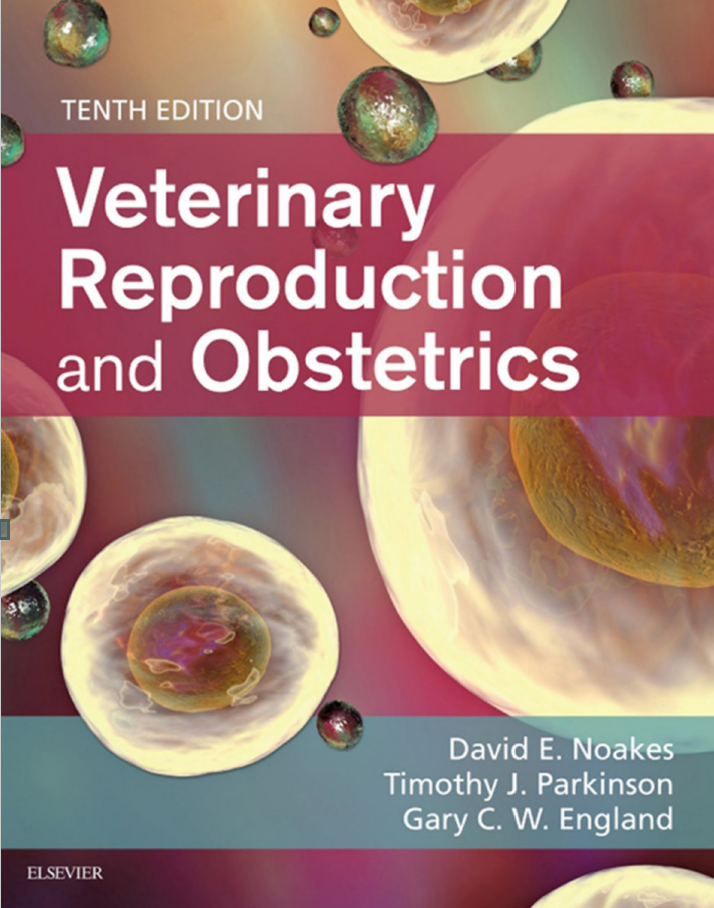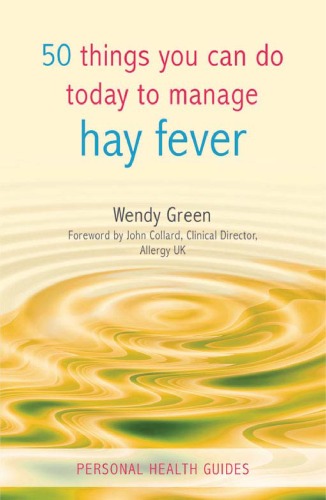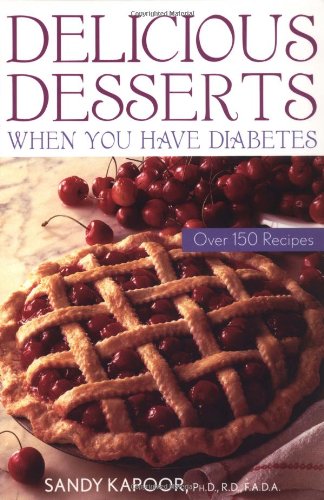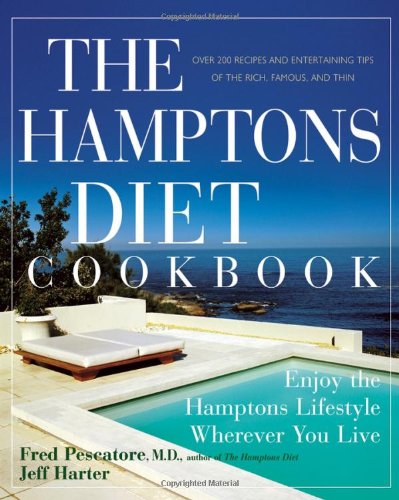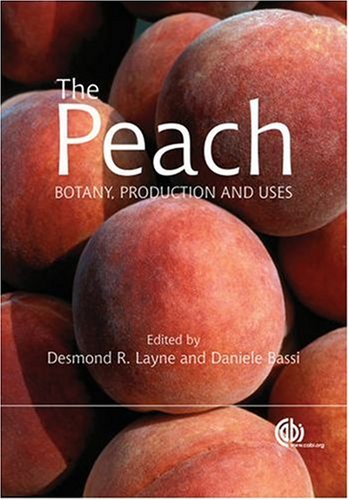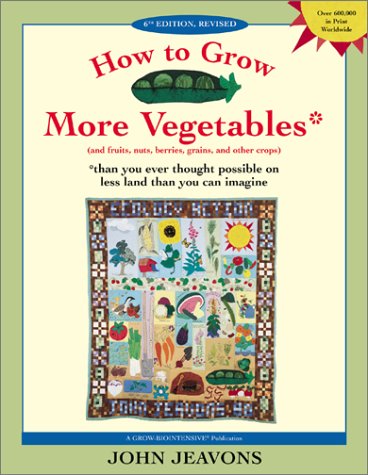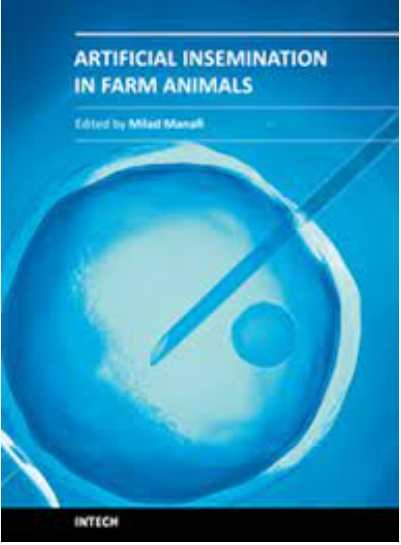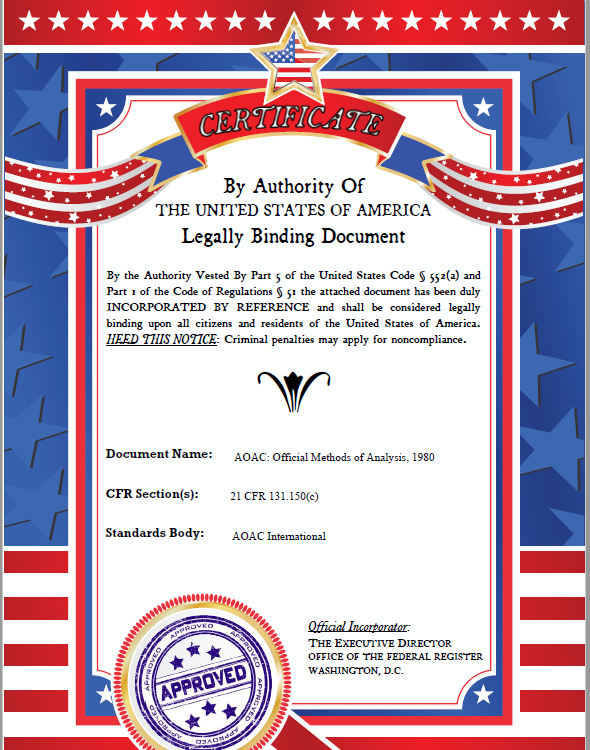During the many hours spent revising the book to produce this
new 10th edition, as editors/authors we have often thought how
previous editions influenced our own professional activities and
scientific interests.
The book was first published in the English Language in 1938,
as a translation of the original German text by Professor Franz
Benesch, who was Professor and Director of the Obstetrical Clinic
of the Veterinary High School Vienna, entitled: ‘Geburtshilfe bei
Rind und Perd’, which is literally ‘Help with birth in cows and
horses’. The English translation, first produced in 1938, was under
the editorship of Professor John George Wright, who was Professor
of Veterinary Surgery at the University of Liverpool, having previously
been Professor of Surgery at the Royal Veterinary College.
Both authors were great clinicians with outstanding teaching and
practical skills. Thus their writings were based very closely on their
personal experiences.
The first English translation of Benesch’s original text in German
published in 1938 was, as its title implies, almost entirely devoted
to a text on dystocia and its treatment in cattle and horses. In
the preface to the first joint author edition published in English
1951, it is apparent from comments in the preface that JG Wright,
having sought the views and suggestions of others working in the
discipline, included these in the new book. The subtitle to the
book recognises this, stating: “—Including certain aspects of the
physiology and pathology of reproduction in domestic animals”. To
some extent this underemphasises the scope of the book because
in Part 1, for example it describes normal parturition in the sow,
bitch and queen cat, whilst in Part 3 there are chapters on the
caesarean operation in the bitch and queen cat as well as others
on infertility in the mare, cow and bitch. Thus in 1950, when the
book was being written, someone with the vision of JG Wright
recognised that veterinarians of the future would need to diversify
both their interests and expertise.
This change in emphasis and increased diversity has continued
in previous editions, and is even greater reflected in this new 10th
edition published nearly 80 years after Benesch’s first book. Firstly,
the diversity of species, these range from small mammals which
are kept as pets and for biological research, domestic poultry and
camelids, zebu cattle, buffalo and Asian Elephants for example, as
well as what are considered to be more traditional domesticated
species. Secondly, the wide nationality of the contributors; we
have in the 10th edition recruited expert contributors from 14
different countries. Thirdly, whereas in the first edition there was
no reference to the use of relatively simple reproductive technology
such as artificial insemination, despite the report of the first successful
use of the technique in the dog in 1780 and the successful
transportation of semen overseas from sheep followed by AI in
1935, in this 10th edition a wide range of advanced reproductive
biotechnologies are described and discussed.
As with previous editions, the book is intended primarily for
veterinary, veterinary nursing, and animal science/agricultural students,
as well as being a source of reference for anyone who has an
interest in the biology of reproduction, particularly those species
which have been subject to varying degrees of domestication.
We wish to thank all of the authors to the 10th edition for
their hard work, and sharing their knowledge and expertise with
us, and the subsequent readers of this new edition. It is a reflection
of how our knowledge of reproductive biology has expanded
since the sole author first edition published in 1938. We would
also like to thank our families for their tolerance during the long
gestation of the book, which fortunately did not quite become a
prolonged gestation, requiring artificial induction.
Finally we would also like to thank Peter Parkinson for redrawing
a substantial number of the figures, the staff at Elsevier for
their expert help, particularly Ellen Wurm-Cutter in collecting the
chapters from authors and latterly Carol O’Connell and Elizabeth
Kilgore for the cheerful, professional and efficient way in which
they have edited and proofed the chapters to produce a high quality
textbook.
چکیده فارسی
در طول ساعتهای زیادی که صرف بازبینی کتاب برای تولید آن شد
ویرایش 10 جدید، به عنوان ویراستار/نویسنده اغلب فکر کرده ایم که چگونه
نسخههای قبلی بر فعالیتهای حرفهای ما تأثیر گذاشت و
علایق علمی.
این کتاب برای اولین بار در سال 1938 به زبان انگلیسی منتشر شد،
به عنوان ترجمه ای از متن اصلی آلمانی توسط پروفسور فرانتس
بنش که پروفسور و مدیر کلینیک زنان و زایمان بود
دبیرستان دامپزشکی وین، با عنوان: "Geburtshilfe bei
Rind und Perd، که به معنای واقعی کلمه «کمک به تولد در گاوها و
است اسب ها. ترجمه انگلیسی که برای اولین بار در سال 1938 تولید شد، تحت
بود سردبیری پروفسور جان جورج رایت که پروفسور بود
جراحی دامپزشکی در دانشگاه لیورپول، قبلا
استاد جراحی در کالج سلطنتی دامپزشکی بوده است.
هر دو نویسنده پزشکان بزرگی با تدریس و
برجسته بودند مهارت های عملی بنابراین نوشته های آنها بسیار نزدیک بر اساس آنها بود
تجربیات شخصی.
اولین ترجمه انگلیسی متن اصلی Benesch به آلمانی
در سال 1938 منتشر شد، همانطور که از عنوان آن پیداست، تقریباً به طور کامل اختصاص داشت
به متنی در مورد دیستوشی و درمان آن در گاو و اسب. در
پیشگفتار اولین نسخه نویسنده مشترک که به زبان انگلیسی منتشر شده است
در سال 1951، از نظرات پیشگفتار پیداست که جی جی رایت،
با جویا شدن نظرات و پیشنهادات دیگران که در
کار می کنند نظم و انضباط، این موارد را در کتاب جدید گنجانده است. زیرنویس
کتاب این را تشخیص میدهد و میگوید: «—از جمله جنبههای خاصی از
فیزیولوژی و آسیب شناسی تولید مثل در حیوانات اهلی. به
این امر تا حدودی بر دامنه کتاب تأکید نمی کند زیرا
در قسمت 1، برای مثال، زایمان طبیعی در خروس را توصیف می کند،
گربه عوضی و ملکه، در حالی که در قسمت 3 فصل هایی در مورد
وجود دارد عمل سزارین در سگ عوضی و گربه ملکه و همچنین دیگران
در مورد ناباروری در مادیان، گاو و عوضی. بنابراین در سال 1950، زمانی که
کتاب در حال نوشتن بود، شخصی با دید جی جی رایت
تشخیص داد که دامپزشکان آینده باید تنوع داشته باشند
هم علایق و هم تخصص آنها.
این تغییر در تاکید و افزایش تنوع ادامه یافته است
در نسخه های قبلی، و حتی بیشتر در این 10th جدید منعکس شده است
نسخه ای نزدیک به 80 سال پس از اولین کتاب بنش منتشر شد. اولا،
تنوع گونه ها، از پستانداران کوچک که
هستند به عنوان حیوانات خانگی و برای تحقیقات بیولوژیکی، طیور خانگی و
نگهداری می شوند به عنوان مثال شتر، گاو زبو، بوفالو و فیل آسیایی به عنوان
و همچنین آنچه که بیشتر اهلی شده سنتی در نظر گرفته می شود
گونه ها. ثانیاً، ملیت گسترده مشارکت کنندگان؛ ما
در ویرایش دهم از 14 مشارکت کننده خبره جذب کرده اند
کشورهای مختلف. ثالثاً، در حالی که در چاپ اول
وجود داشت هیچ اشاره ای به استفاده از فناوری تولید مثل نسبتا ساده وجود ندارد
مانند لقاح مصنوعی علیرغم گزارش اولین موفقیت
استفاده از این تکنیک در سگ در سال 1780 و موفقیت آمیز
انتقال مایع منی به خارج از گوسفند به دنبال هوش مصنوعی در
1935، در این ویرایش 10، طیف وسیعی از تولید مثل پیشرفته
بیوتکنولوژی ها توصیف و مورد بحث قرار می گیرند.
مانند نسخه های قبلی، این کتاب عمدتاً برای
در نظر گرفته شده است دانشجویان دامپزشکی، دامپزشکی، پرستاری و علوم دامی/کشاورزی،
و همچنین منبع مرجع برای هر کسی که دارای
است علاقه به زیست شناسی تولید مثل، به ویژه آن گونه ها
که در معرض درجات مختلف اهلی شدن قرار گرفته اند.
مایلیم از همه نویسندگان ویرایش دهم برای
تشکر کنیم سخت کوشی آنها و به اشتراک گذاری دانش و تخصص خود با
ما و خوانندگان بعدی این نسخه جدید. این یک بازتاب است
چگونگی گسترش دانش ما در مورد بیولوژی تولید مثل
از زمانی که نویسنده تنها اولین نسخه در سال 1938 منتشر شد. ما میخواهیم
همچنین مایلم از خانواده هایمان برای تحمل آنها در طول مدت طولانی تشکر کنم حاملگی کتاب که خوشبختانه به یک
تبدیل نشد بارداری طولانی، نیاز به القای مصنوعی دارد.
در نهایت مایلیم از پیتر پارکینسون برای ترسیم مجدد تشکر کنیم
تعداد قابل توجهی از ارقام، کارکنان در Elsevier برای
کمک متخصص آنها، به ویژه الن ورم-کاتر در جمع آوری
فصل هایی از نویسندگان و اخیراً کارول اوکانل و الیزابت
Kilgore برای روشی شاد، حرفه ای و کارآمد که در آن
آنها فصل ها را ویرایش و تصحیح کرده اند تا کیفیت بالایی تولید کنند
کتاب درسی.
ادامه ...
بستن ...
ISBN: 978-0-7020-7233-8
Ebook ISBN: 978-0-7020-7238-3
ادامه ...
بستن ...
List of Contributors, vii
Preface,x
Part 1: Basic Physiology
1 Reproductive Physiology of the Female, 2
Bob Robinson and David E. Noakes
2
3
4
5
6
7
8
Reproductive Physiology of Male Animals, 35
Timothy J. Parkinson
Puberty and Seasonality, 54
Richard Lea and Gary C. W. England
Fertilisation and Development of the
Conceptus, 63
Marcel Taverne
Pregnancy and Its Diagnosis, 78
Marcel Tave me and David E. Noakes
Parturition and the Care of Parturient Animals
and the Newborn, 115
Marcel Taverne a nd David E. Noakes
Physiology of the Puerperium, 148
David E. Noakes
Pharmacological Agents in the Control of
Reproduction, 157
Richard Laven
Part 2: Gestation and Pathology of Gestation
9 Abnormalities of Development and
Pregnancy, 168
Peter Windsor
10 Prolapse of the Cervix and Vagina, 195
Da vid E. Noakes
Part 3: Obstetrics and Surgery of the
Reproductive System
11 Approach to an Obstetrical Case, 203
Timothy J. Parkinson, Jos J. Vermunt and David E. Noakes
12 Prevalence, Causes and Consequences of
Dystocia, 214
Timothy J. Parkinson, Jos J. Vermunt and David E. Noakes
13 Maternal Dystocia: Causes and Treatment, 236
Timothy J. Parkinson, Jos J. Vermunt and David E. Noakes
14 Fetal Dystocia in Livestock: Delivery per
vaginam, 250
Timothy J. Parkinson, Jos J. Vermunt and David E. Noakes
15 Defects of Presentation, Position and Posture in
Livestock: Delivery by Fetotomy, 277
Jos J. Vermu n t a nd Timothy J. Parkinson
16 Defects of Presentation, Position and Posture
in Livestock: Delivery by Caesarean
Hysterotomy, 291
Jos J. Vermunt, Timothy J. Parkinson and David E. Noakes
17 Disorders of Parturition and the Puerperium in
the Gilt and Sow, 315
Olli Aarno Peltoniemi, Stefan Bjorkman and Claudio Oliviero
18 Manipulative Delivery per vaginum in Dogs and
Cats, 326
Gary C. W. England
19 Caesarean Hysterotomy in Dogs and Cats, 330
Gary C. W. England
20 Injuries and Diseases Consequent Upon
Parturition, 333
Timothy J. Parkinson and David E. Noakes
21 Castration and Cryptorchid Surgery, 349
Neal Ashton
Part 4: Subfertility
22 Infertility in the Cow Due to Functional and
Management Deficiencies, 361
Ti mot hy J. Parkinso n
23 The Metritis Complex in Cattle, 408
I. Martin Sheldon
V
Contents
24 Specific Infectious Diseases Causing Infertility
and Subfertility in Cattle, 434
Timothy J. Parkinson
25 Veterinary Control of Herd Fertility in Intensively
Managed Dairy Herds, 467
Chris Hudson, John George Cook and Richard Laven
26 Veterinary Control of Herd Fertility in Pastoral
Dairy Herds, 485
Richard Laven
27 Veterinary Control of Reproduction in Beef
Herds, 493
Neil Sargison and Colin Penny
28 Fertility and Infertility in Bos indicus, 500
Roberto Sartori, Jessica Nora Drum and Alexandre Barbieri
Prata
29 Infertility and Abortion in Sheep and
Goats, 510
Peers Davies
30 Management of Breeding in Small Poultry
Production Units, 526
Michael Ian Clark
31 Equine Infertility and Stud Medicine
Practice, 541
Dale Paccamonti and James R. Crabtree
32 Infertility in the Pig and the Control of Pig Herd
Fertility, 581
Olli Aarno Peltoniemi and Bas Kemp
33 Infertility in the Bitch and Queen, 593
Gary C. W. England
34 Pharmacological Control of Reproduction in the
Dog and Cat, 613
Gary C. W. England
Part 5: Male Animal
35 Evaluation of the Fertility of Breeding Males, 619
Michael McGowan
36 Abnormalities Affecting Reproductive Function
of Male Animals, 635
Timothy J. Parkinson and Michael McGowan
Part 6: Reproduction, Breeding,
Reproductive Disease and Infertility
in Less Common Domestic Species
37 Old and New World Camelids, 670
Gayle D. Hallowell
38 Buffalo and Related Species, 683
Oswin Perera and David E. Noakes
39 Deer, 693
Geoffrey W. Asher
40 Laboratory and Pet Rodents, and
Lagomorphs, 701
Molly Varga and Tim Morris
41 Veterinary Control of Reproduction in Rodent
Colonies, 711
Lucy Whitfield, Phil Gibbs and Tim Morris
42 Elephants, 724
Anil Pushpakumara, Chatchote Thitaram and Janine L. Brown
Part 7: Assisted Reproduction
43 Artificial Insemination, 746
Timothy J. Parkinson and Jane M. Morrell
44 Embryo Transfer and Other Assisted
Reproductive Technologies, 778
Henrik Callesen, Ingrid Bri.ick B0gh and Torben Greve
ادامه ...
بستن ...
